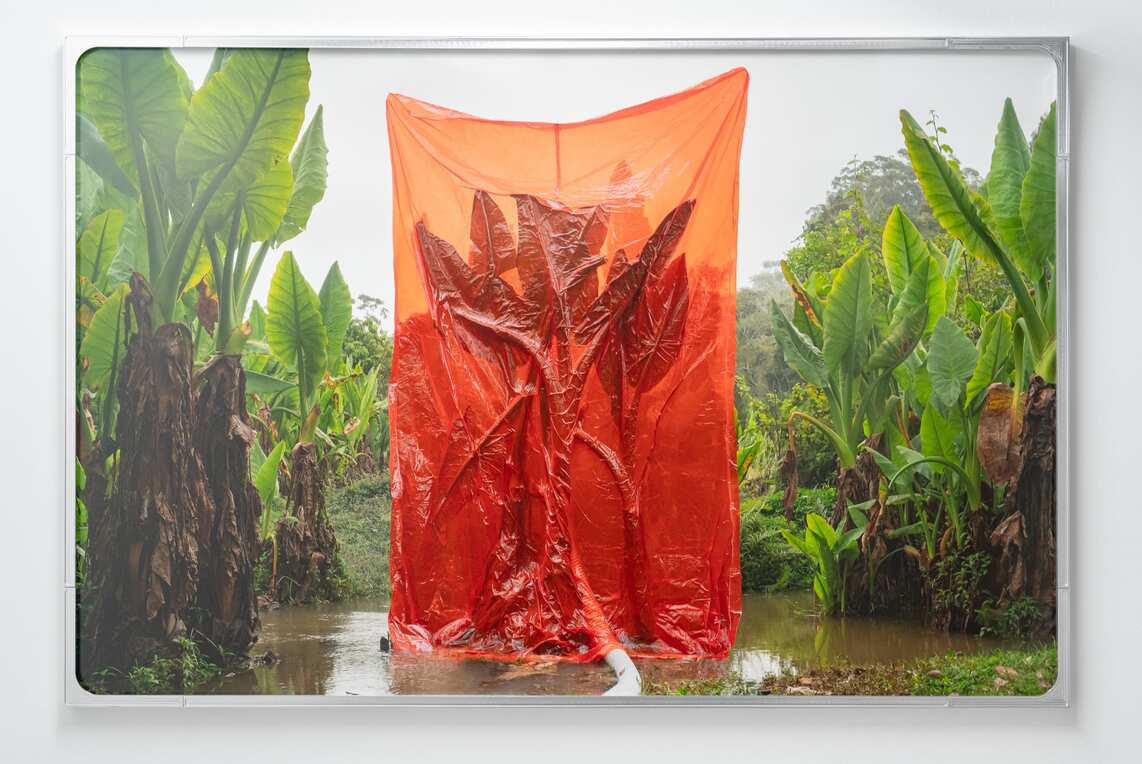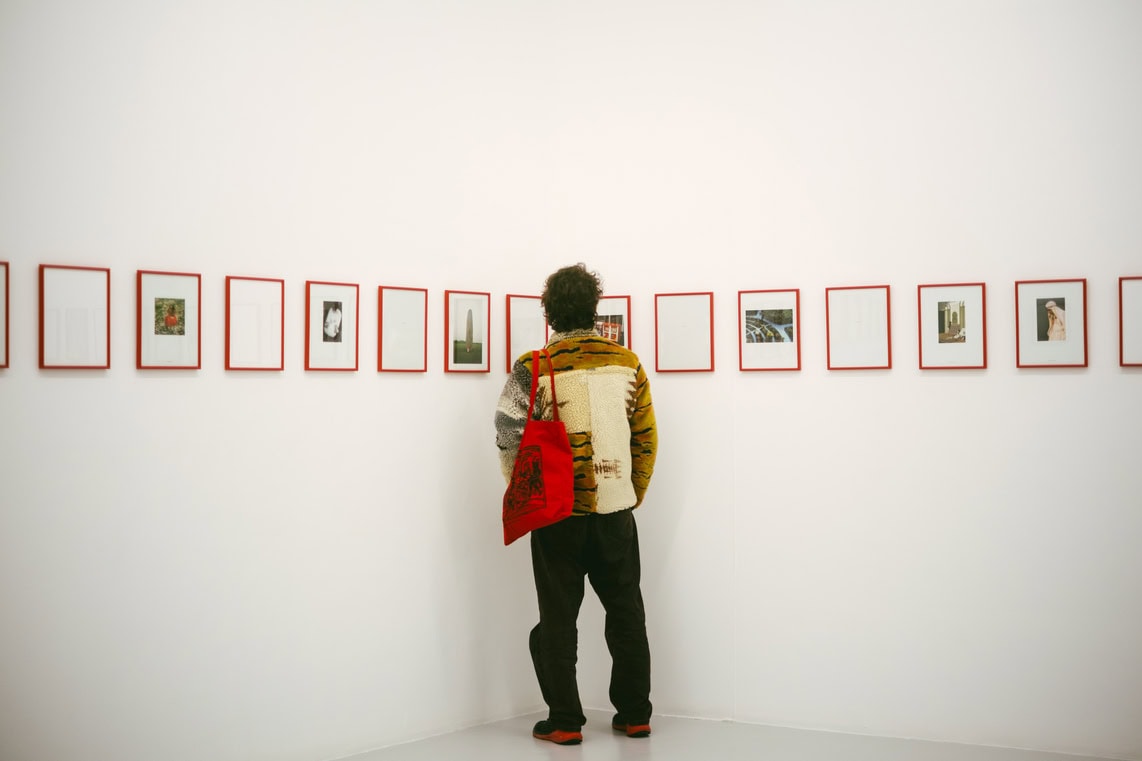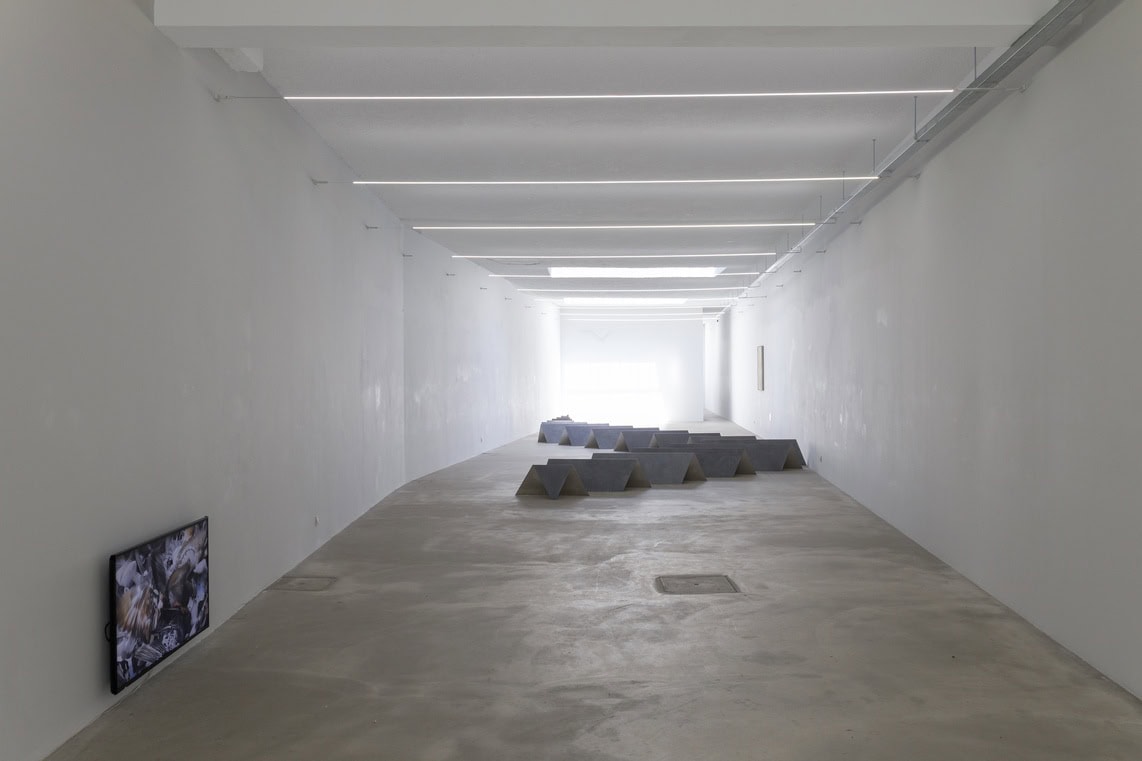A geographical space is not defined by visible borders, but by insinuating lines whose origin and end, although localizable, are not always understandable. Such lines do not delimit homogeneous systems; rather, they fragment multiple systems, generating imbalances. They follow different directions, interfere with each other, and make up unstable arrangements. The visible objects, the forces in action, the subjects in a certain position appear, in Deleuze’s manner, as vectors or tensors [1]. In this sense, the constituents of a space and the space itself do not have definitive contours: they are rather chains of variables related to each other. If a body demands a space, then all bodies require an interdependent and therefore contingent geography. Space and body are thus mutually permeable. Neither escapes the inscription of the other.
But what does it mean to inhabit a space? Is it just taking a space, or is there something that simultaneously occupies us as well? And when we inhabit, are we just a presence, or do we also become part of the very structure of the place? In the work Phenomenology of Perception, Merleau-Ponty states that we are not in time or space — we are time, we are space [2]. This statement displaces us from a merely operative view of the verb to be. It is no longer just about occupying something, a simple be-in, of a localized presence, but of an ontology of space: I am a being constituted in and by the space I inhabit. There is no exteriority, there is co-involvement, inscription, and rooting.
It is on this threshold between the inside and the outside, between movement and permanence, that Hélder Folgado’s most recent exhibition, Coisa Comum, comes to play. Here, the gesture of inhabiting does not manifest itself as a description, but as restlessness and poses a question, perhaps more felt than formulated: how do I occupy the space that occupies me, and that simultaneously occupies and houses so many others?
We come across this tension at the very beginning of the exhibition, when confronted with a picture that is familiar to us: the game of the strongest and the struggle for the most effective response to elementary needs. It is a looping video that captures social pulse, in this particular case, a flock of pigeons moving in space. However, there is movement only if there is space, and when space is reduced, the bodies adjust, compress, and limit themselves to what is possible for them. The picture that emerges is Babel-like, almost claustrophobic: all the winged bodies compete for a place. They cross, push, and run over each other. They are presence and limit.
In the center, which is only revealed by the ends that delimit it, there are eighteen laminated lead sheets. Sober and discreet, these resemble metal tabs that, rather than resting on the floor, pierce it. Its structure is not anchored to any visible support, but such absence does not translate into instability or vulnerability. Its density seems to suffice. However, the opacity of lead gives way to the lightness of stainless steel, which, almost invisible, reflects the floor. This formal solution forces the viewer to bend down, change their point of view, and get closer to what supports them. With dimensional and spatial variations, the sheets establish a curved visual axis and indicate a path. Its presence implies a praxis, a choice: it is necessary to intercept one of its margins to approach the two remaining works. Interrupting, circumventing, or taking risks is therefore inevitable.
On the wall that marks the end of the route, we find a delicate composition of pigeon feathers, soaked in beeswax and arranged with a precision that seems to evoke a collective flight. If at the beginning of the exhibition the pigeons’ bodies were in disorder, at this point their presence is suggested by their absence: we do not see them, but we guess at them. Their flight is suspended.
Thus, between what is Archive, or memory, and current, or presence, the story of a place is told. And maybe this thing we call common is precisely the space in which history takes place, what is between us, that sensitive matter that brings us closer. However, more than a narrative, what resonates is the body-space binomial: bodies in spaces, spaces in bodies. And it is precisely at this point that Hélder Folgado’s work comes into play: making space seem not as a given, but as a task.
Coisa Comum, by Hélder Folgado, is on view at Sismógrafo, in Porto, until May 24th.


